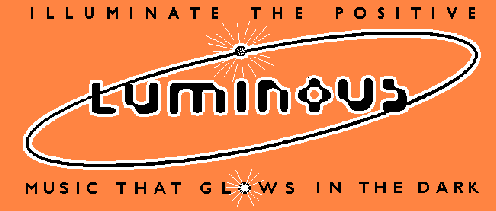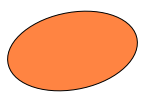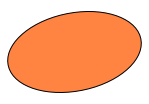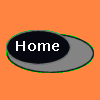
Howard Werth and Audience biography
Howard Werth was born and raised in East London. The fledgling Werth was hooked on rock’n’roll from its inception, at an age when he was barely able to do more than eat, sleep and listen.
His earliest influences were drawn from the wide spectrum of rock’n’roll stars of the fifties; from Fats Domino, Screamin’ Jay Hawkins and Little Richard, to Presley, Johnny Cash, The Everlys and Buddy Holly through to The Coasters, The Drifters and many others of that period.
His musical taste buds were further tickled by his introduction to the jazz world of Charles Mingus, Thelonious Monk, Art Blakey and Miles Davis, along with his first introduction to the incredible voice of Ray Charles. In his early teens he was deeply drawn to the music of James Brown.
It’s hardly surprising that Howard’s early semi-
In the sixties Howard went to art school at the outset of the pop-
Towards the end of the decade Howard was working for IPC magazines as well as gigging at the Flamingo and various other London clubs of that era, and spending much of his spare time at the UFO Club, the Electric Garden, or the Drury Lane Arts Lab, where the notion of forming what was to become Audience first started to take form and nag at his creative nodes.
In early 1969 Audience took off and recorded the first of four albums, gigging in many and various corners of planet earth, creating merry and influencing the hippest, whilst charting in Europe, Australia and the U.S. along the way, as well as playing shows with Led Zeppelin and Pink Floyd, touring with Rod Stewart & The Faces and Jeff Beck (to name but a few), and being supported on a regular basis by bands such as Genesis.
When Howard brought Audience to a close in late 1972 he got to work on his first solo album “King Brilliant” (now reissued on Luminous Records) and it was around the time of this album that Howard was approached by The Doors and asked to fill the space left by Jim Morrison. Howard spent some time rehearsing with them, but after some agonising and deliberation, Ray Manzarek decided against The Doors reforming. However Howard was later to reunite with Ray in Hollywood, where they worked together extensively on Howard’s songs, some of which would later be re-
In the early 90's Howard teamed up with the Big Figure, John 'sparko' Sparkes & 'Gippy' Mayo of the Dr. Feelgoods for a short but enjoyable time as the 'Lone Sharks'.
Howard has also worked extensively in Los Angeles with members of Captain Beefheart’s Magic Band, as well as producing the first recordings by X, L.A’s proto-
.






